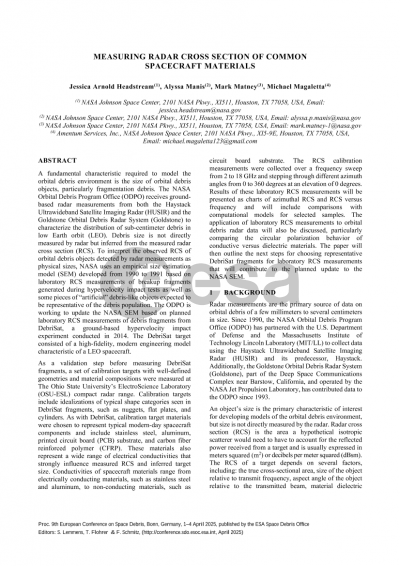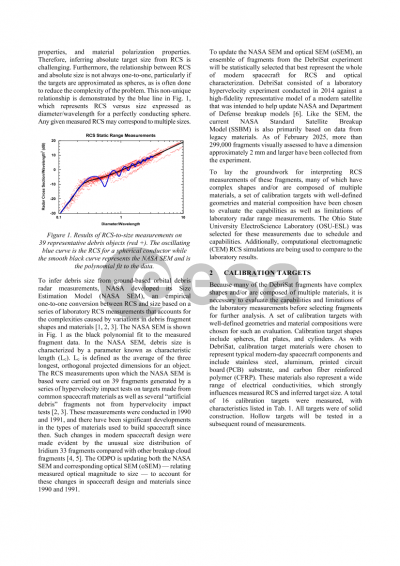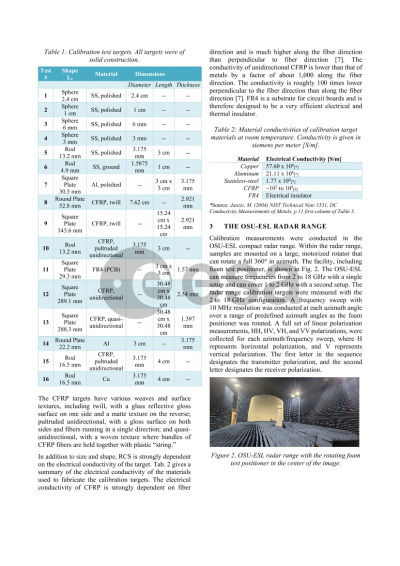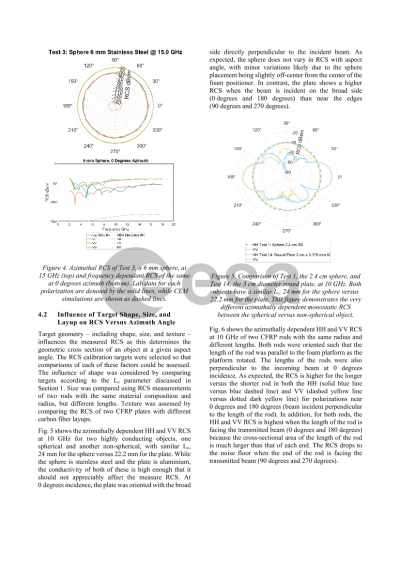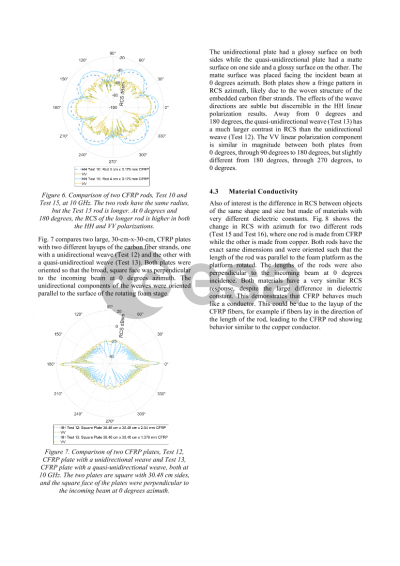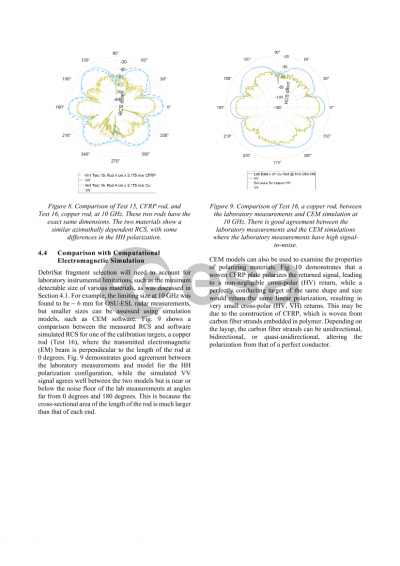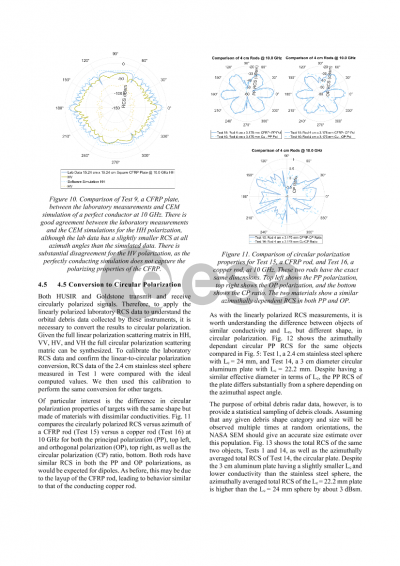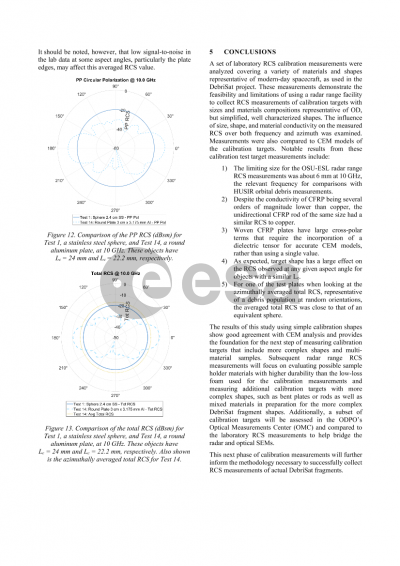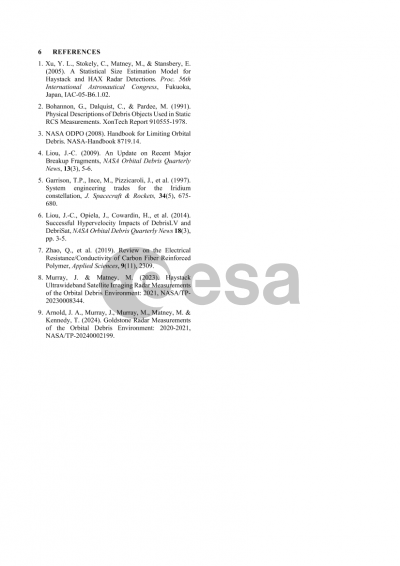Document details
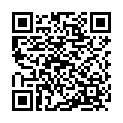
Abstract
A fundamental characteristic required to model the orbital debris environment is the size of orbital debris objects, particularly fragmentation debris. The NASA Orbital Debris Program Office (ODPO) receives ground-based radar measurements from both the Haystack Ultrawideband Satellite Imaging Radar (HUSIR) and the Goldstone Solar System Radar (Goldstone) to characterize the distribution of sub-centimeter debris in low Earth orbit (LEO). Debris size is not directly measured by radar but inferred from the measured radar cross section (RCS). To interpret the observed RCS of orbital debris objects detected by radar measurements as physical sizes, NASA uses an empirical size estimation model (SEM) developed from 1990 to 1991 based on laboratory RCS measurements of breakup fragments generated during hypervelocity impact tests as well as some pieces of “artificial” debris-like objects expected to be representative of the debris population. The ODPO is working to update the radar SEM based on planned laboratory RCS measurements of debris fragments from DebriSat, a ground-based hypervelocity impact experiment conducted in 2014. The DebriSat target consisted of a high-fidelity, modern engineering model characteristic of a LEO spacecraft.
As a validation step before measuring DebriSat fragments, a set of calibration targets with well-defined geometries and material compositions were measured at The Ohio State University’s ElectroScience Laboratory (OSU-ESL) compact radar range. Calibration targets include idealizations of typical shape categories seen in DebriSat fragments such as nuggets, flat plates, and cylinders. As with DebriSat, calibration target materials were chosen to represent typical modern-day spacecraft components and include stainless steel, aluminum, printed circuit board (PCB) substrate, and carbon fiber-reinforced polymer (CFRP). These materials also represent a wide range of electrical conductivities, which strongly influences measured RCS and inferred target size. Conductivities of spacecraft materials range from electrically conducting materials such as stainless steel and aluminum to non-conducting materials such as circuit board substrate. The RCS calibration measurements were collected over a frequency sweep from 2 to 18 GHz and stepping through different azimuth angles from 0 to 360 degrees at an elevation of 0 degrees. Results of these laboratory RCS measurements will be presented as charts of azimuthal RCS and RCS versus frequency and will include comparisons with computational models for selected samples. The application of laboratory RCS measurements to orbital debris radar data will also be discussed, particularly comparing the circular polarization behavior of conductive versus dielectric materials. The paper will then outline the next steps for choosing representative DebriSat fragments for laboratory RCS measurements that will contribute to the planned update to the ODPO radar SEM.
Preview
